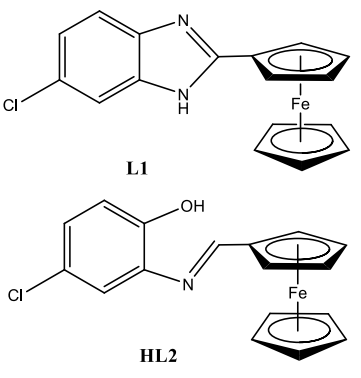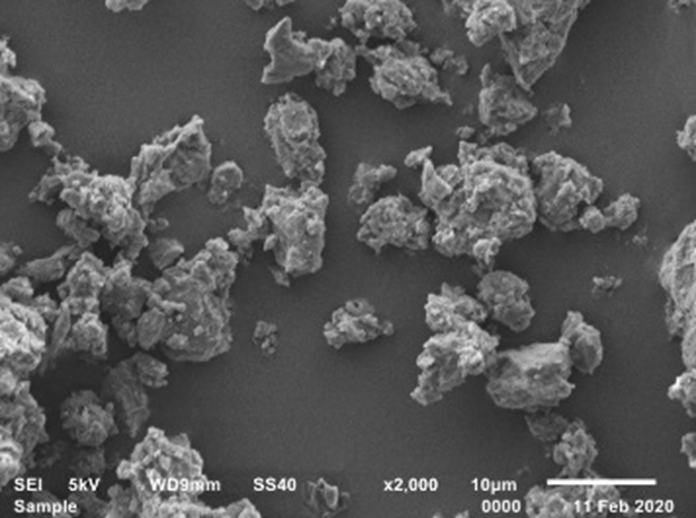Chemistry Journal of Moldova
2022 Volume 17, no.2
Author(s):
Field: Inorganic and coordination chemistry
Type: Research paper
Issue: 2022 Volume 17, no.2
Pages: 73-83
Ozan Süleyman Ürgüt, Aydin Tavman, Muazzez Gürgan Eser
Field: Inorganic and coordination chemistry
Type: Research paper
Issue: 2022 Volume 17, no.2
Pages: 73-83
Full Text (PDF): Download
Abstract (PDF)
Supplementary Material (PDF)
Graphical Abstract: 6-Chloro-2-ferrocenyl-1H-benzimidazole and (E)-((4-chloro-2-hydroxyphenylimino)methyl)ferrocene ligands and their Fe(III), Co(II), Cu(II), Zn(II) and Pd(II) complexes were synthesized. The structure of ligands and metal complexes has been investigated by different methods. In addition, magnetic moment, molar conductivity measurements and antibacterial activity of the ligands and the complexes were investigated.

Supplementary Material (PDF)
Graphical Abstract: 6-Chloro-2-ferrocenyl-1H-benzimidazole and (E)-((4-chloro-2-hydroxyphenylimino)methyl)ferrocene ligands and their Fe(III), Co(II), Cu(II), Zn(II) and Pd(II) complexes were synthesized. The structure of ligands and metal complexes has been investigated by different methods. In addition, magnetic moment, molar conductivity measurements and antibacterial activity of the ligands and the complexes were investigated.
Downloads: 103
Author(s):
Field: Supramolecular chemistry
Type: Research paper
Issue: 2022 Volume 17, no.2
Pages: 109-119
Marina Zveaghintseva, Eugenia Stingaci, Serghei Pogrebnoi, Lucian Lupascu, Alic Barba, Gheorghe Duca, Vladimir Valica, Livia Uncu, Victor Kravtsov, Dumitru Terteac, Alexandr Brinzan, Fliur Macaev
Field: Supramolecular chemistry
Type: Research paper
Issue: 2022 Volume 17, no.2
Pages: 109-119
Full Text (PDF): Download
Graphical Abstract. In this work new methods to obtain complexes from β-cyclodextrin and dehydroabietic acid with chromenol-triazol hybrid with the sizes limits of approximately 0.1-250 μm are reported. Kneading, co-evaporation and co-precipitation for the resolution of racemic 2-tert-butyl-3-(1H-1,2,4-triazol-1-yl)-2H-chromen-2-ol for obtaining micro- and nanoparticles have been optimized. In vitro dissolution studies of the synthesized compounds in phosphate buffer (pH 6.8) showed an improved dissolution rate of chromenol-triazol hybrid in the inclusion complexes compared to the free form. The obtained β-complexes of β-cyclodextrin loaded with dehydroabietitoic acid and chromenol hybrid showed good antibacterial activity with MIC and MBC values ranging from 0.72 to 44.45 μM.

Downloads: 72






